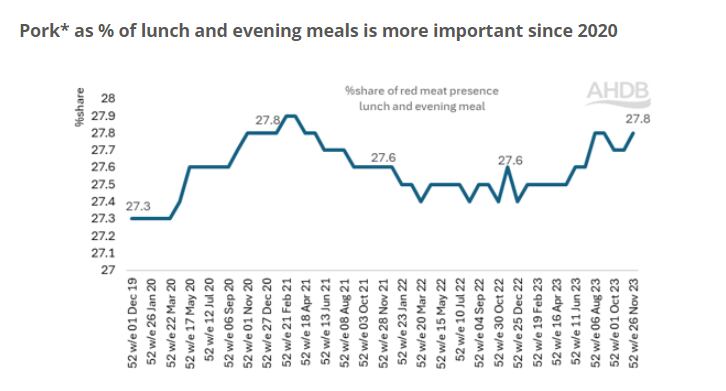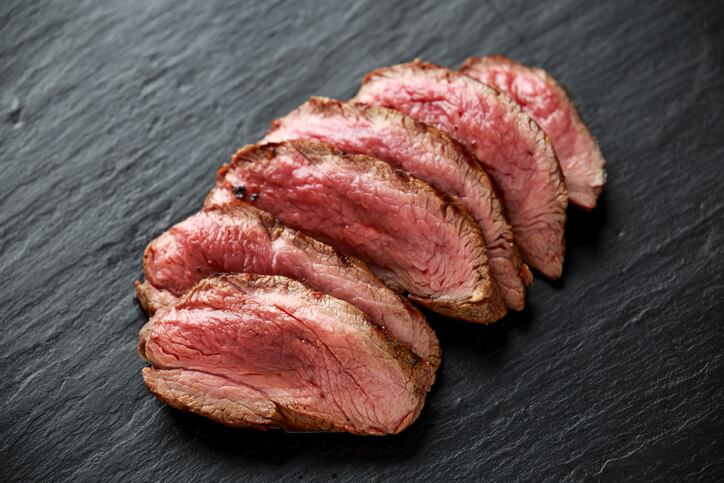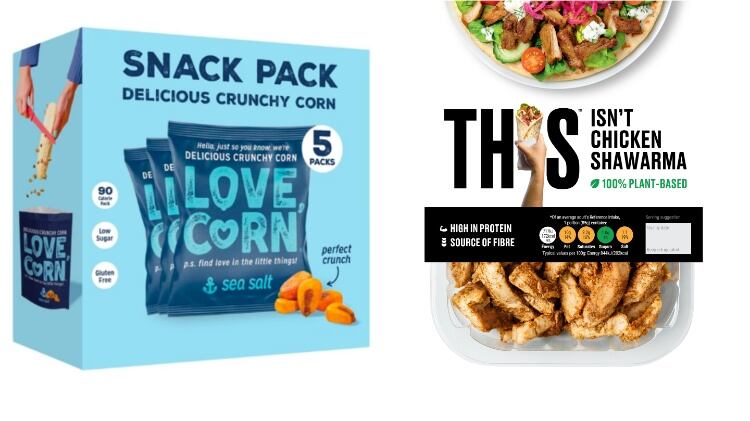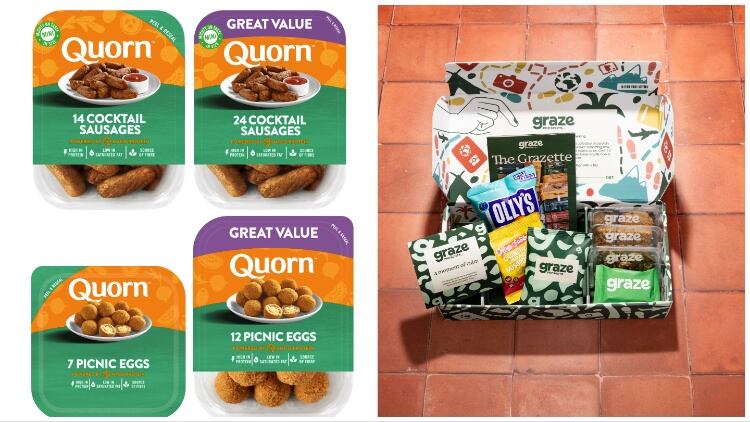The latest data from Kantar Usage found that 53.1% of mealtimes feature meat, fish and poultry and 27.8% of lunch and evening meal occasions feature red meat – up from 27.6% last year.
Pressures created by the cost-of-living crisis has pushed consumers to more likely to choose alternative cuts of meat to save money, as well as a growing trend of nutrient-rich Italian dishes featuring meat.
Kantar reported that 25.3% of all beef dinner occasions are Italian, such as spaghetti Bolognese and lasagne (up 0.6 percentage points year-on-year) and half of these occasions are led by families.
A trend towards convenience for evening meals has seen pies and pasties as the top choice for consumers, while beef burgers remain popular choice for a ‘tasty and filling’ meal.
Filling meals
In fact, this desire for meals to be filling has increased from 27.5% to 29.2% over the past four years, with consumers choosing to bulk up their meals with cheaper carbohydrates such as rice and pasta.
Pork – including sausages and bacon – continued to be a popular choice for both lunch and evening meals, with consumption in lunch and evening meals up 0.5 percentage points from pre-covid levels (27.8% share of red meat presence in lunch and evening meals).

Italian dishes with pork such as carbonara and pasta bake have also both seen growth year on year.
As for lamb, its popularity in lunch and evening meals dipped since 2022, but showed signs of recover in 2023. Traditional meals with lamb such as lamb chops and shepherd’s pies have increased YoY in number of occasions due to their versatility and taste appeal.
Lamb is a key ingredient amongst many curry dishes and is popular if cooked in bulk and with young families, as it is seen as a really tasty leftovers meal to consume later or freeze.
Demand for hot food
Over the last five years, consumers have also chosen to have more hot meals during the day, with more consumers having hot breakfasts (+1.4 percentage points) such as fried breakfasts or omelettes, and hot lunches (+3 percentage points) such as soup or pasties, than in 2019.
The Agriculture and Horticulture Development Board (AHDB) said the research highlighted several opportunities for red meat within in-home dining, focusing on meals that are easy to prepare and are high in vitamins and minerals that promote a ‘healthy balanced diet’.
Highlights included: the growing trend of easy to prepare Italian dishes using pork or lamb; sliced cooked meats and bacon for sandwiches, the most popular meal consumed in the UK; and Indian meals where lamb is the main ingredient.
AHDB’s retail and consumer insight manager Vanessa Adamson, said: “There is a real opportunity for red meat growth within in-home and family dining if we continue to highlight meaty meals that are easy to prepare and part of a healthy balanced diet.”
Meanwhile, tightening supplies of beef on the global market presents increased export opportunities for Welsh producers and greater price stability going into 2025, according to Hybu Cig Cymru-Meat Promotion Wales (HCC).





